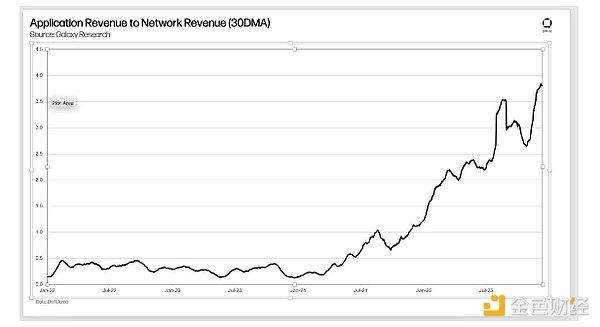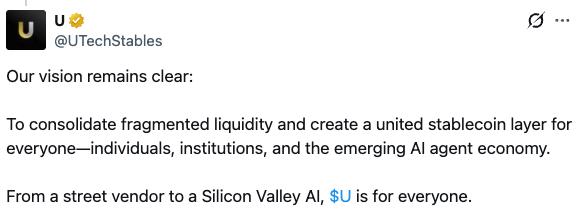Author: Scof, ChainCatcher
Yesterday, the most discussed topic in the crypto industry was undoubtedly the victory of the Movement community in rights protection.
According to Binance's official announcement, Binance has terminated its market-making cooperation with Movement's web3port and prohibited its market-making activities on the platform. The market maker sold a large number of tokens the day after MOVE's listing, causing market fluctuations and generating approximately 38 million USDT in net profit. To protect user interests, Binance has notified the Movement team and frozen the market maker's earnings, planning to use them for subsequent user compensation.
Community members remarked: "As long as the community is united, the torch can illuminate the darkness."
However, despite this being a stage of victory, doubts remain, and many mysteries are yet to be unraveled.
Starting from Community Controversy
Recently, crypto KOL Ice Frog published an article titled "Seven Questions to Movement: Facing the Facts, Please Respond to Community Concerns," revealing multiple issues with Movement and attracting widespread attention.
According to Rootdata, Movement is a modular framework compatible with Solidity, used for building and deploying infrastructure and applications based on the Move programming language in any distributed environment.
Initially, the $MOVE token airdrop distribution plan attracted significant community attention, promising 50%-60% of tokens to be distributed to the community. However, in practice, the airdrop window was too short, the distribution ratio was far lower than expected, and the rules were complex and opaque, leading to disappointment among many participants.
Data shows that 98.5% of addresses received fewer than 100 tokens, while some addresses received up to 490,000 tokens, raising questions about the fairness of distribution.
Many believe the project's airdrop was to create a "wealth illusion," profiting by raising token prices, selling, charging high gas fees, and even locking some tokens, preventing user asset liquidity. This approach contradicts the initial "community-first" philosophy and is criticized as "harvesting retail investors."
In summary, the community's rights protection focused on three main issues:
- After TGE launch, the airdrop window was too short, and the claiming link went offline after the gas war, preventing most retail investors from claiming airdrops. The project team used quick transactions and exchange user orders to boost reputation and token price, and sold through "mouse warehouse" trading.
- The project team repeatedly misled users to wait for mainnet launch before claiming airdrops, continued to raise token prices, and cashed out through large OTC sales.
- Users who entered the Movement mainnet to claim airdrops could not transfer assets back, rendering assets illiquid.
A Staged Victory for the Community?
After Binance terminated cooperation with the market maker, the Movement Network Foundation stated that they were unaware of this and chose to collaborate with the market maker because they had previously supported projects in the Movement ecosystem. Currently, the foundation has severed all relationships with the market maker (including ecosystem partnerships) and contacted other major exchanges about the ongoing investigation.
Throughout the event, the Movement Network Foundation actively cooperated with Binance and promised to use funds recovered from MM to repurchase $MOVE in the open market.
Still Shrouded in Doubt
Despite Binance's measures to punish the project and the community's staged victory, the event remains clouded with uncertainty:
For instance, the project experienced a one-sided sell-off of tens of millions of dollars last December. How could Binance, as a trading platform, not have noticed? If it was indeed an operational error, why didn't they take necessary corrective measures immediately, instead choosing to disclose it four months later?
From another perspective, if the violation was indeed caused by the market maker, why didn't the project team take legal action? If the market maker bears full responsibility, why haven't they actively defended themselves or provided explanations? These unresolved questions still require further investigation and urgently need transparent responses from both inside and outside the industry.
Only when the tide recedes can we see who has been swimming naked.
Although this event achieved a staged victory, the underlying questions remain unanswered. Protecting retail investors' interests and ensuring fairness and transparency in the crypto market have long been two unresolved clouds over web3. Only by thoroughly investigating the truth can market trust be restored and the Web3 ideal become more than just empty talk.






